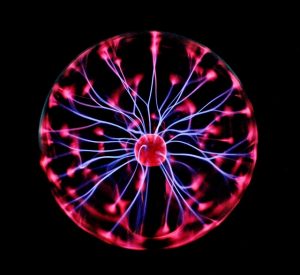Great storytelling isn’t as simple as one would assume.
Here at All Good Tales, we know that telling a story is more than stringing words together. Storytelling is about stimulation of the audience and generating emotional reactions.
So, how do we do this? Stories are easier to remember than facts. This is because, to a certain degree, you have ‘lived’ through the events in the story. Your emotions have been involved and affected.
There is a science behind telling a good story, a biological component. In order to become a master storyteller, one must delve deeper into the effects of storytelling on brain chemistry.
What Does Storytelling Do To the Brain?

When a good story is told, the brain releases chemicals in reaction to what it has just encountered. Below are four of these chemicals and how they are used in the art of storytelling.
Oxytocin
Oxytocin is a hormone that is stimulated when we are at our most intimate. It is associated with empathy, trust and the creation of deeper, emotional connections with others. It allows us to bond.
This explains why it is used to the advantage of storytellers.
Building trust with your audience enhances their experience with the story that you are trying to tell. One way to do this is to reveal something personal about yourself. It doesn’t have to be your darkest secret, but using anecdotes allows you to build a better relationship with your audience. The more oxytocin released, the more connected people feel towards the characters in a good story.
Dopamine
Listening to a good story lights up the same part of the brain as when one experiences pleasure. Dopamine is the hormone that regulates emotional responses. It is the hormone that keeps the audience engaged and is released when we follow a story to its conclusion.
In order to stimulate this hormone, the storyteller should aim to introduce the premise early in the story. Once the promise of resolution is made, dopamine starts to flow and the audience is hooked.
Cortisol
Cortisol is often called the ‘stress hormone’. It is released during times of pressure in a bid to control your attention and awareness. Storytellers may want to stimulate this hormone depending on the story that they are trying to get across. Once produced, it leads to greater immersion and responsiveness to a story.

However, steps are often taken to ensure this hormone is avoided. This is done to keep the audience calm and relaxed. In this sense, it avoids high action or tension so that the audience feels comfortable listening to the story.
Endorphins
Also known as the ‘feel good’ chemicals, endorphins stop the transmission of pain signals in humans. Generated through humour, endorphins cause a heightened sense of pleasure, essentially acting as sedatives to any possible discomfort that the audience may be feeling.
A good storyteller knows exactly when to introduce humour and why introducing it is beneficial. It is often stimulated to build likeability and engagement between the audience and the storyteller. This helps to form trust between the storyteller and the audience.
